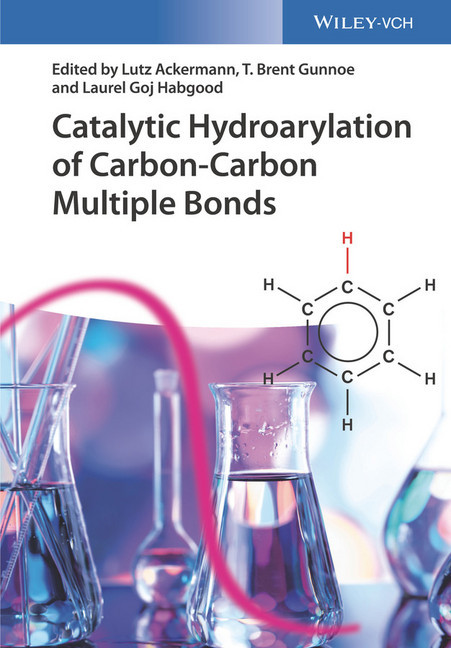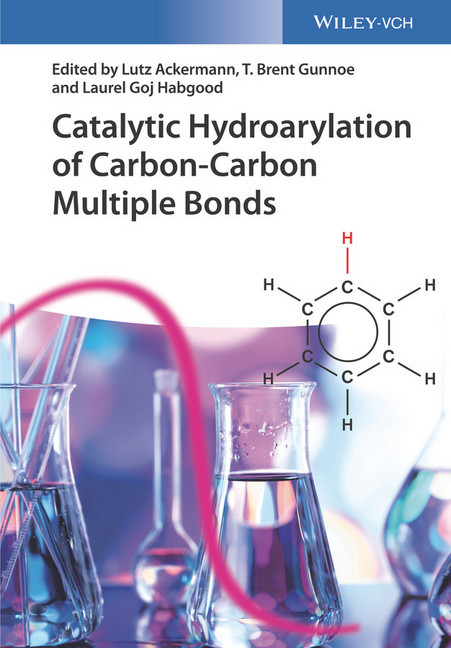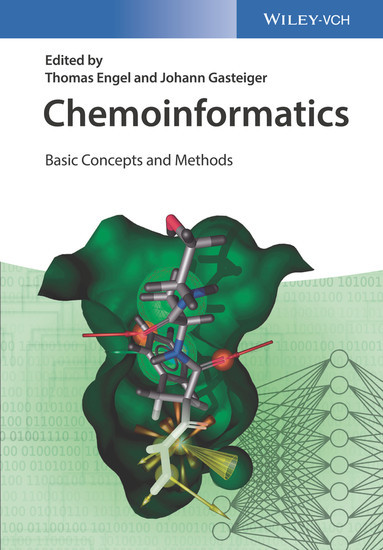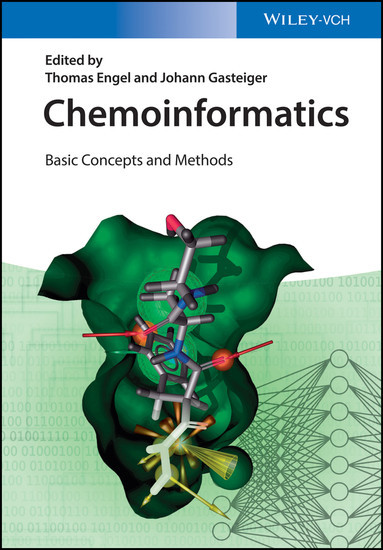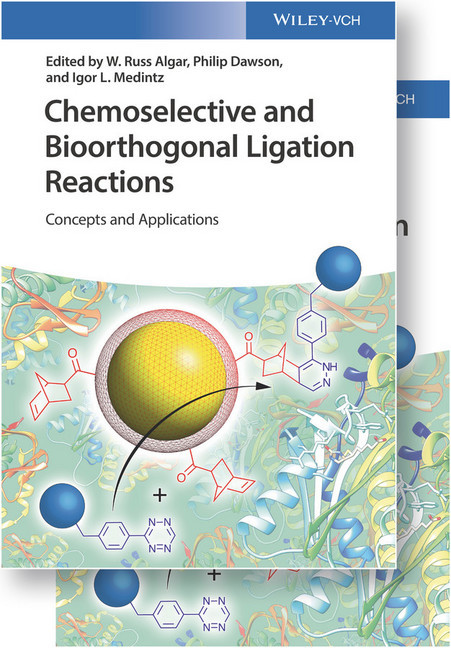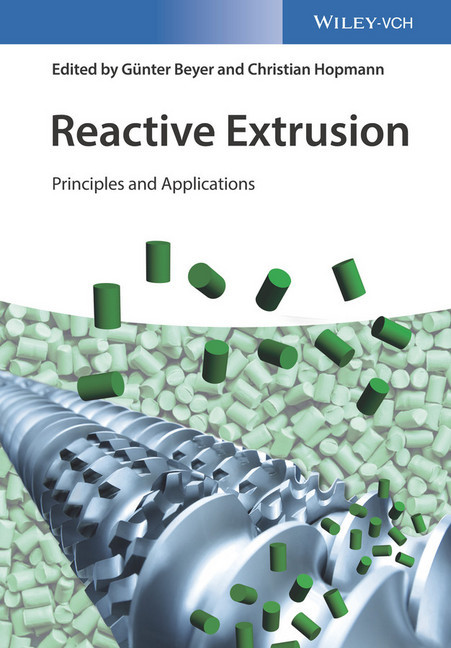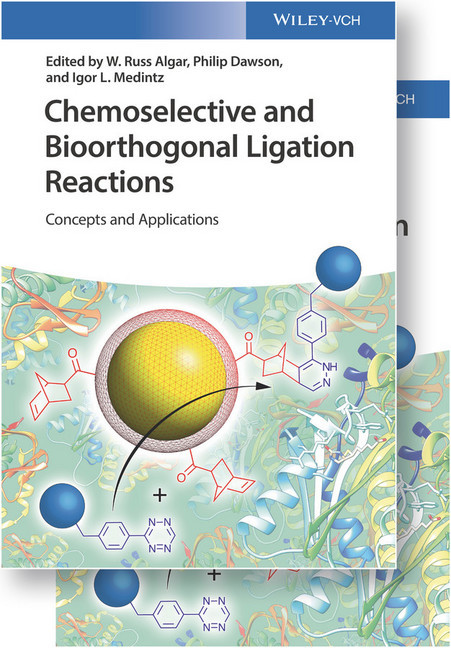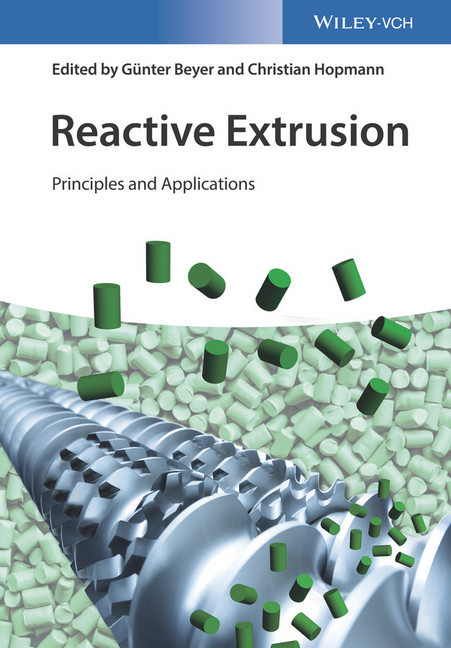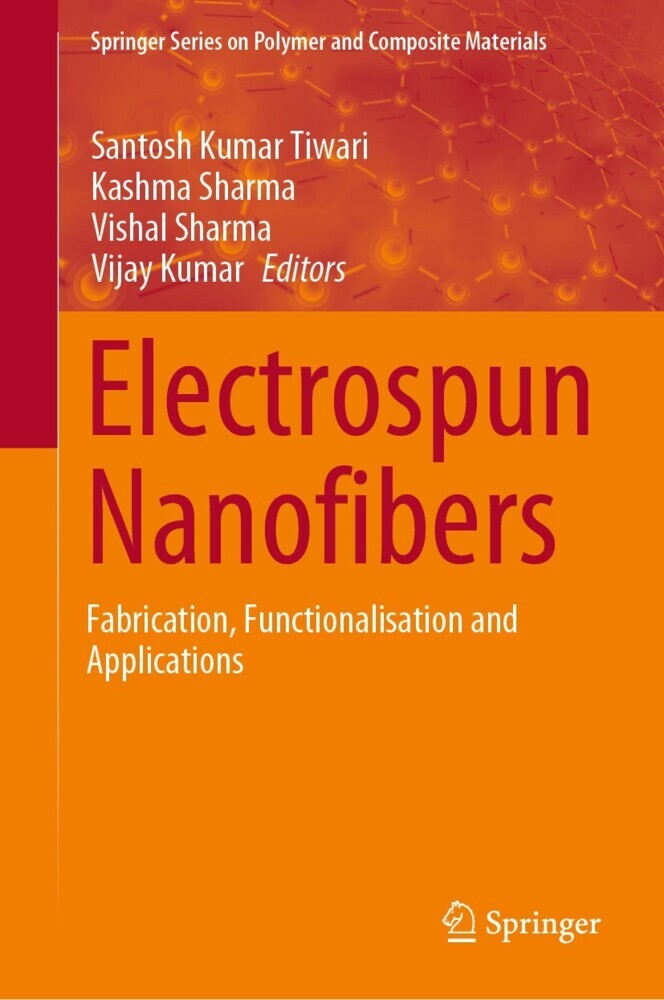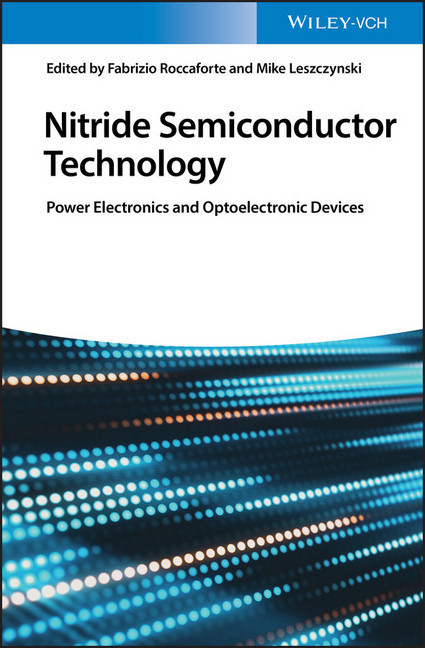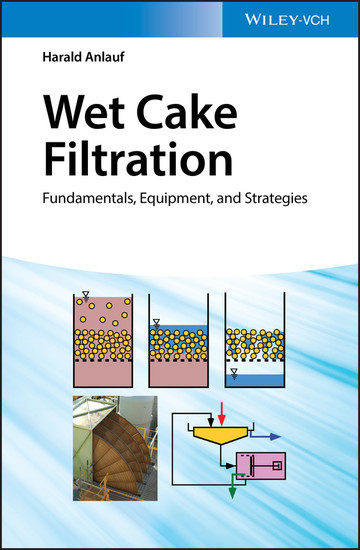Catalytic Hydroarylation of Carbon-Carbon Multiple Bonds
Catalytic Hydroarylation of Carbon-Carbon Multiple Bonds
Filling a gap in the literature, this book comprehensively reviews catalytic C-H addition reactions of (hetero)aromatic hydrocarbons across carbon-carbon multiple bonds. In so doing, it summarizes both the scope as well as the limitations of different catalyst systems and building blocks, while highlighting their application to the synthesis of pharmaceuticals as well as commodity chemicals. Focusing on the latest developments, the team of authors comprising leaders in the field covers such topics as the hydroarylation of olefins, alkyne hydroarylation in the presence of transition metal catalysts, reaction of alkynes with arylboronic acids, and allene hydroarylation, as well as the synthesis of functionalized arenes and heteroaromatics. A must-have for synthetic chemists in academia and industry dealing with catalysis, organometallic chemistry, the synthesis of natural products, fine chemicals, pharmaceuticals, products of the chemical industry and organic materials.
Lutz Ackermann is Professor of Chemistry at Georg-August-University Gottingen, Germany. He obtained his Ph.D. under the supervision of Prof. Dr. A. Furstner at the Max-Planck-Institut fur Kohlenforschung in Mulheim/Ruhr, Germany, in 2001. He then was a postdoctoral fellow with Prof. R.G. Bergman at the University of California (Berkeley, USA), before initiating his independent career in 2003 at Ludwig-Maximilians-University in Munich, Germany. In 2007, he was promoted to full professor at the Georg August-University Gottingen. His research is focused on the development of novel concepts for sustainable catalysis, with a topical focus on C-H activations. He was awarded, among others, the Gottfried-Wilhelm-Leibniz Prize (2017), an ERC Grant (2012), the BASF Lecture at UC Berkeley (2014), and held visiting professorships in Milano, Perugia, Pavia (Italy), Wisconsin, Madison (USA), and Osaka (Japan). He is the editor of the book 'Modern Arylation Methods' (Wiley-VCH) and has co-authored more than 8 book chapters and 240 referred journal publications.
T. Brent Gunnoe is the Commonwealth Professor of Chemistry at the University of Virginia, USA, since 2008. He received his Ph.D. from the University of North Carolina (USA) in 1997 under the director of Prof. J. Templeton and did postdoctoral work at the University of Virginia from 1997 to 1999. He began his independent career as an assistant professor at North Carolina State University in 1999. He was the recipient of a NSF CAREER Award, an Alfred P. Sloan Research Fellowship and the LeRoy and Elva Martin Award for Teaching Excellence. He currently serves as associate editor for 'ACS Catalysis'. From 2009 until 2015 he was the Director of the Center for Catalytic Hydrocarbon Functionalization (CCHF), which was an Energy Frontier Research Center funded by the United States Department of Energy. Currently, he leads the University of Virginia effort within MAXNET Energy, a consortium from the Max Planck Society that is focused on the develop and understanding of catalytic processes for energy production and use. He is co-inventor on three patents, co-author of four book chapters and more than 135 referred journal publications, and he has delivered over 100 invited lectures that are focused on fundamental aspects of catalyst technologies applied to the development of new energy resources as well as improved processes for the petrochemical industry and fine chemical synthesis.
Laurel Goj Habgood is an Associate Professor of Chemistry at Rollins College (USA). She obtained her Ph.D. from Duke University (USA) under the direction of Prof. R. Widenhoefer in 2004. She completed postdoctoral research in the group of Prof. T. B. Gunnoe at North Carolina University (USA) from 2004 to 2006 and a sabbatical project with the group at the University of Virginia (USA) in 2012. In 2006 she started her independent career at Rollins College. Her research with undergraduates utilizes metal-NHC complexes as catalysts for organic transformations. She was awarded the endowed D.J. and J.M. Cram Chair of Chemistry in 2014 and currently serves as chair of the Department of Chemistry at Rollins College.
Lutz Ackermann is Professor of Chemistry at Georg-August-University Gottingen, Germany. He obtained his Ph.D. under the supervision of Prof. Dr. A. Furstner at the Max-Planck-Institut fur Kohlenforschung in Mulheim/Ruhr, Germany, in 2001. He then was a postdoctoral fellow with Prof. R.G. Bergman at the University of California (Berkeley, USA), before initiating his independent career in 2003 at Ludwig-Maximilians-University in Munich, Germany. In 2007, he was promoted to full professor at the Georg August-University Gottingen. His research is focused on the development of novel concepts for sustainable catalysis, with a topical focus on C-H activations. He was awarded, among others, the Gottfried-Wilhelm-Leibniz Prize (2017), an ERC Grant (2012), the BASF Lecture at UC Berkeley (2014), and held visiting professorships in Milano, Perugia, Pavia (Italy), Wisconsin, Madison (USA), and Osaka (Japan). He is the editor of the book 'Modern Arylation Methods' (Wiley-VCH) and has co-authored more than 8 book chapters and 240 referred journal publications.
T. Brent Gunnoe is the Commonwealth Professor of Chemistry at the University of Virginia, USA, since 2008. He received his Ph.D. from the University of North Carolina (USA) in 1997 under the director of Prof. J. Templeton and did postdoctoral work at the University of Virginia from 1997 to 1999. He began his independent career as an assistant professor at North Carolina State University in 1999. He was the recipient of a NSF CAREER Award, an Alfred P. Sloan Research Fellowship and the LeRoy and Elva Martin Award for Teaching Excellence. He currently serves as associate editor for 'ACS Catalysis'. From 2009 until 2015 he was the Director of the Center for Catalytic Hydrocarbon Functionalization (CCHF), which was an Energy Frontier Research Center funded by the United States Department of Energy. Currently, he leads the University of Virginia effort within MAXNET Energy, a consortium from the Max Planck Society that is focused on the develop and understanding of catalytic processes for energy production and use. He is co-inventor on three patents, co-author of four book chapters and more than 135 referred journal publications, and he has delivered over 100 invited lectures that are focused on fundamental aspects of catalyst technologies applied to the development of new energy resources as well as improved processes for the petrochemical industry and fine chemical synthesis.
Laurel Goj Habgood is an Associate Professor of Chemistry at Rollins College (USA). She obtained her Ph.D. from Duke University (USA) under the direction of Prof. R. Widenhoefer in 2004. She completed postdoctoral research in the group of Prof. T. B. Gunnoe at North Carolina University (USA) from 2004 to 2006 and a sabbatical project with the group at the University of Virginia (USA) in 2012. In 2006 she started her independent career at Rollins College. Her research with undergraduates utilizes metal-NHC complexes as catalysts for organic transformations. She was awarded the endowed D.J. and J.M. Cram Chair of Chemistry in 2014 and currently serves as chair of the Department of Chemistry at Rollins College.
1;Cover;1 2;Title Page;5 3;Copyright;6 4;Contents;7 5;Introduction and Preface;13 5.1;References;15 6;Chapter 1 Functionalization of Heteroaromatic Substrates using Groups 9 and 10 Catalysts;17 6.1;1.1 Introduction;17 6.2;1.2 Thiophenes, furans, and Related Heterocycles;20 6.3;1.3 Pyrroles, Indoles, Pyridines, and Imidazopyridines;33 6.4;1.4 Azoles and Other Miscellaneous Heterocycles;43 6.5;1.5 Summary;51 6.6;References;52 7;Chapter 2 Ruthenium Catalysts for the Alkylation of Functionalized Arenes and Heteroaromatic Substrates via Hydroarylation;61 7.1;2.1 Introduction;61 7.2;2.2 Alkylation by Ruthenium(0) Catalysts via Oxidative-Addition C-H Activation;62 7.2.1;2.2.1 Alkylation by Ruthenium(II) Catalysts via Carboxylate-Assisted C-H Activation;75 7.3;2.3 Summary and Conclusions;82 7.4;Abbreviations;83 7.5;References;83 8;Chapter 3 Alkylation of Arenes Without Chelation Assistance: Transition Metal Catalysts with d6 Electron Configurations;95 8.1;3.1 Transition Metal-Mediated Arene Alkylation: Overview;95 8.2;3.2 Octahedral d6 Transition Metal Catalysts for Olefin Hydroarylation: Scorpionate Supported Ru(II) Catalysts;97 8.2.1;3.2.1 Structure-Activity Relationships with TpRu(L)(NCMe)Ph: Examination of Elementary Steps and Catalytic Hydrophenylation of Ethylene as a Function of Ligand L;102 8.2.2;3.2.2 Ethylene Hydrophenylation Catalyzed by Cationic Ru(II) Complexes Ligated by Poly(pyrazolyl)alkanes;105 8.3;3.3 Olefin Hydroarylation Catalyzed by Octahedral d6 Ir(III) Supported by the Acetylacetonate Ligand;107 8.3.1;3.3.1 Mechanism of Catalytic Olefin Hydrophenylation using Ir(III) Supported by the Acetylacetonate Ligand;108 8.3.2;3.3.2 Other d6 Ir(III) Catalysts;110 8.4;3.4 Summary: Comparison of Ru(II) and Ir(III) Catalysts for Olefin Hydroarylation;111 8.5;3.5 Future Outlook: Extension of Olefin Hydroarylation using Hydrocarbons to Earth Abundant Metals;112 8.6;References;114 9;Chapter 4 Hydroarylation of Olefins with Complexes Bearing d8 Metal Centers;119 9.1;4.1 Introduction;119 9.2;4.2 PtII Catalyzed Hydroarylation;121 9.2.1;4.2.1 PtII Hydroarylation Catalysts Bearing Anionic Bidentate (NN) Ligands;121 9.2.2;4.2.2 PtII Hydroarylation Catalysts Bearing Neutral Bidentate (NN) Ligands;126 9.2.3;4.2.3 PtII Hydroarylation Catalysts Supported by Nonnitrogen-based Ligands;131 9.2.4;4.2.4 Summary of PtII Catalyzed Hydroarylations;135 9.3;4.3 RhI-Catalyzed Hydroarylation;136 9.3.1;4.3.1 Reactions of Unfunctionalized Arenes with RhI Complexes Proceeding via Hydroarylation-Like Mechanisms;136 9.3.2;4.3.2 Directed ortho-Hydroarylation Catalyzed by RhI Complexes;138 9.3.3;4.3.3 RhI-Catalyzed Hydroarylation with Fluorinated Arenes;154 9.3.4;4.3.4 Summary of RhI-Catalyzed Hydroarylation;154 9.4;4.4 Directed ortho-Hydroarylation Catalyzed by IrI Complexes;156 9.5;4.5 Hydroarylation with Ni0 Complexes via NiII Intermediates;164 9.6;4.6 Formal Hydroarylation Reactions with PdII Catalysts via Heck-Like Mechanisms;167 9.6.1;4.6.1 Formate-Assisted PdII Catalyzed Hydroarylation;167 9.6.2;4.6.2 Oxidatively Coupled PdII-Catalyzed Hydroarylation with Aryltin and Arylboronic Ester Substrates;172 9.6.3;4.6.3 Summary of PdII-Catalyzed Formal Hydroarylation Reactions;175 9.7;4.7 Conclusions;178 9.8;References;178 10;Chapter 5 Hydroarylation of C-C Multiple Bonds Using Nickel Catalysts;187 10.1;5.1 Introduction;187 10.2;5.2 Hydroarylation of Alkynes;187 10.3;5.3 Hydroheteroarylation of Alkynes;191 10.3.1;5.3.1 Hydroheteroarylation of Alkynes with five-Membered Heteroarenes;191 10.3.2;5.3.2 Hydroheteroarylation of Alkynes with Azine-N-oxides;194 10.3.3;5.3.3 Hydroheteroarylation of Alkynes with Azines;194 10.4;5.4 Hydroarylation of Alkenes;196 10.5;5.5 Hydroheteroarylation of Alkenes;197 10.5.1;5.5.1 Hydroheteroarylation of Alkenes with five-Membered Heteroarenes;197 10.5.2;5.5.2 Hydroheteroarylation of Alkenes with Azines;200 10.6;5.6 Summary and Outlook;201 10.7;References;202 11;Chapter 6 Hydroarylation of Alkynes and Alkenes using Group 7-9 First-
Ackermann, Lutz
Gunnoe, T. Brent
Goj Habgood, Laurel
| ISBN | 9783527697632 |
|---|---|
| Artikelnummer | 9783527697632 |
| Medientyp | E-Book - PDF |
| Copyrightjahr | 2017 |
| Verlag | Wiley-VCH |
| Umfang | 416 Seiten |
| Sprache | Englisch |
| Kopierschutz | Adobe DRM |

